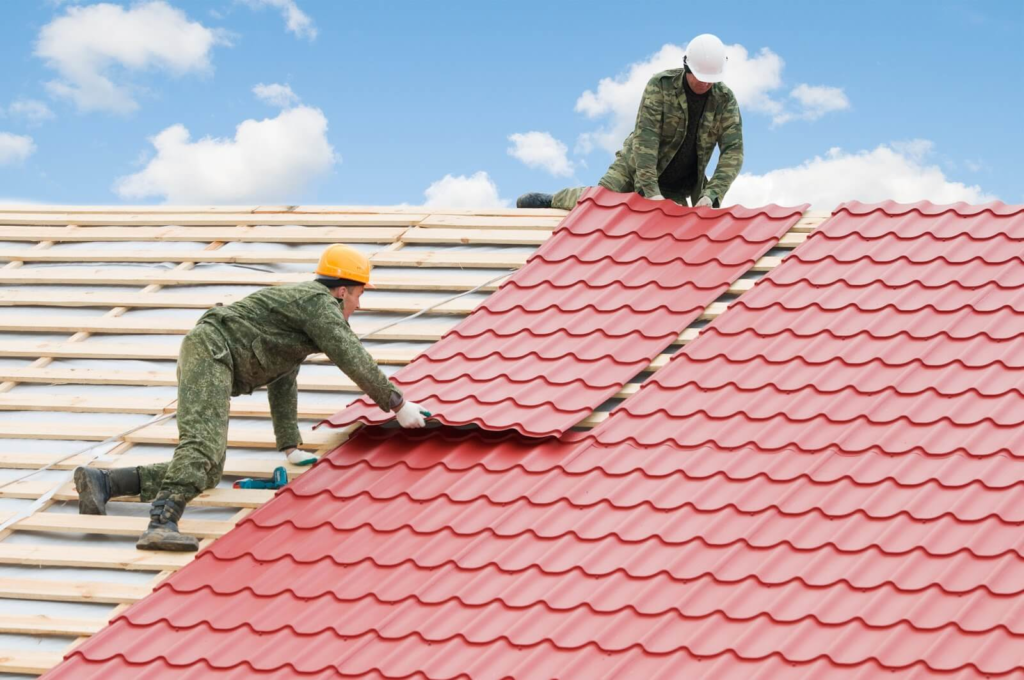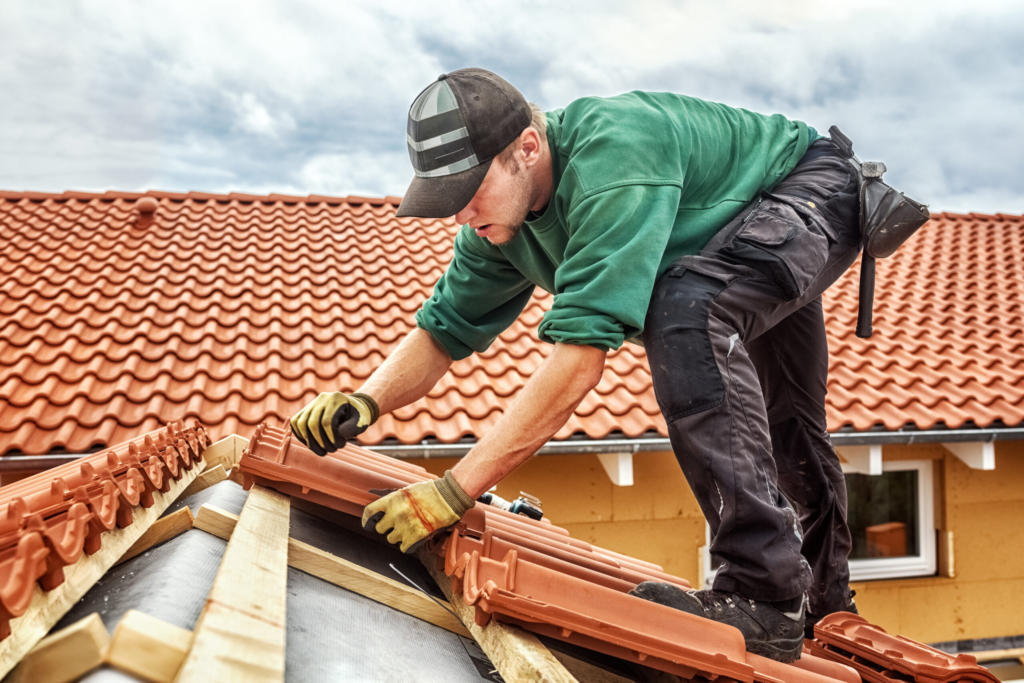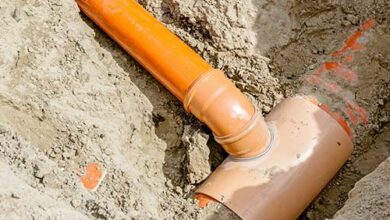Choosing Sustainable Roofing Materials For Your Roof

There are several factors to consider when choosing sustainable roofing materials. These include recycled content, durability, and energy efficiency. The best choice is a lightweight material that can be used in multiple ways and is easily recyclable at the end of its life.
Metal roofs can have a white coating that bounces sunlight off the home. This keeps the house cooler and reduces electricity costs.
Eco-friendly
Choosing eco-friendly roofing materials is an excellent way to minimize adverse environmental impacts and save energy. These materials reduce the amount of carbon dioxide produced during production and help reduce energy consumption for cooling. They are also durable and visually appealing.
Some popular options include cool roofs and reinforced rubber shingles coated with ground slate. These roofing materials reflect sunlight and absorb less heat, reducing energy bills and helping deter the urban heat island effect. They also provide durability and weather resistance and may even qualify homeowners for discounts on their homeowner’s insurance.
Wood shingle roofs are another environmentally friendly commercial roofing option, as they are made from a renewable resource that can be harvested without harming the environment.

Recyclable
A sustainable roofing option is a metal roof, which can be made from recycled or new materials. This type of roof has a reflective surface that bounces sunlight away from the house, keeping it cooler and reducing air conditioning costs. Metal roofs are also durable, easy to install, and can be customized with different alloys or designs.
Another famous eco-friendly roof is a clay tile made from natural clay that’s molded and fired. The durable material can be glazed or painted with unique colors to add character. A green roof or wood shakes can also improve the sustainability of a home. They absorb rainwater and can reduce runoff, which helps ease drainage system strain. They can also decrease air pollution by acting as a natural air filter.
Hiring a specialized contractor is essential if you’re considering sustainable residential roofing. They’ll know the unique requirements and installation techniques for these materials.
Energy-Efficient
Whether solar panels or insulation, eco-friendly roofing materials help homeowners minimize their energy consumption and carbon footprint. These products also promote a circular economy by recycling and reducing waste.
Living roofs, covered in vegetation, are a unique, sustainable roofing option that moderates heat, cleans air and water runoff, provides insulation, and enhances urban biodiversity. However, they can be costly to install and require substantial maintenance.

Concrete and asphalt shingles are durable and long-lasting, but their production requires high energy levels, contributing to global warming. They are also heavy, requiring additional roof framing support.
Wood shingles are biodegradable (if not treated with synthetic additives or preservatives) and can offer excellent heat reflectivity depending on their color and design. However, a wood shingle roof will require proper ventilation to minimize moisture buildup and prevent mold or mildew. Some local businesses or municipalities can recycle discarded wood shingles. Standard asphalt shingles are moderately durable and can provide good reflectivity. Still, they are not considered eco-friendly because they contain paper, minerals, fiberglass, tar, and petroleum byproducts.
Durable
Many homeowners choose to install durable roofs to make their homes more eco-friendly. This helps save energy, reduce repair bills, and reduce their time maintaining their home. However, it is essential to consider the lifespan of your roof before choosing its materials.
For example, wood is an excellent roofing material that can last a lifetime. It is also biodegradable and recyclable, but buy it from responsible sources. It would be best to opt for architectural shingles rather than standard asphalt shingles, which have a much longer lifespan.
Terracotta or concrete tile roofs are great for hot weather, as they can withstand heat and salt air. These roofs also look beautiful and can add to your house’s curb appeal. They’re also incredibly durable and can fight fires, hail, and other extreme weather conditions. This makes them an excellent option for those living in areas prone to wildfires.
Also, Read The Following: Southport



